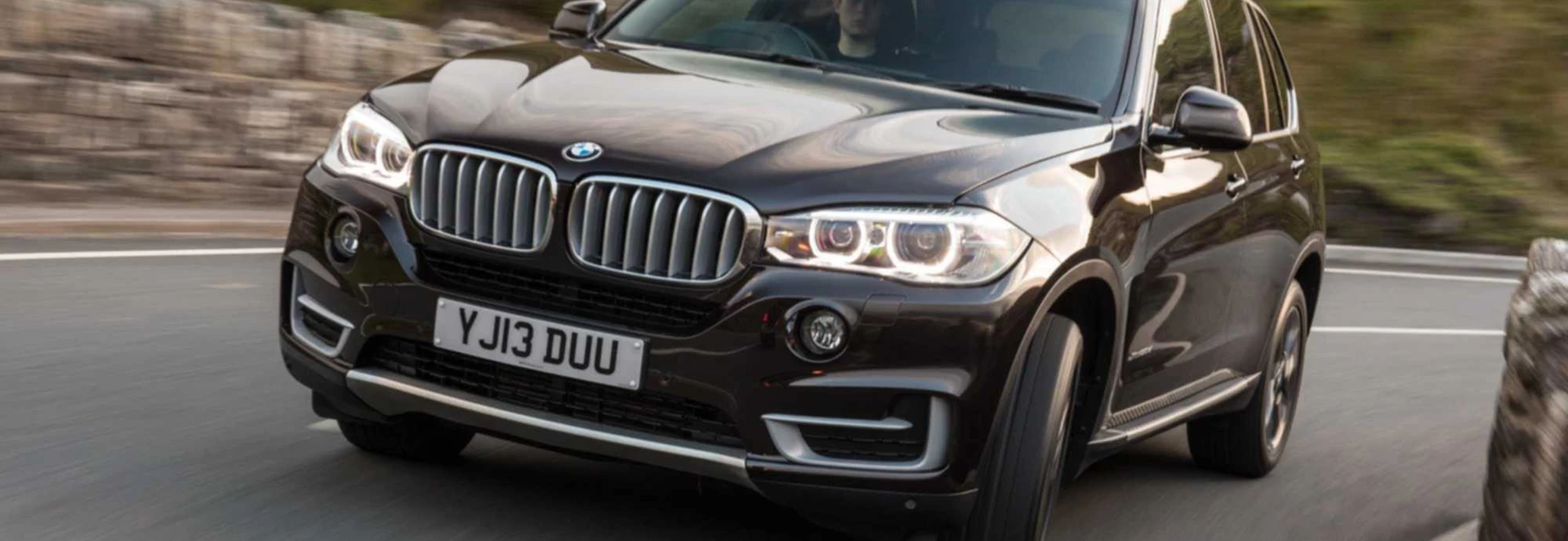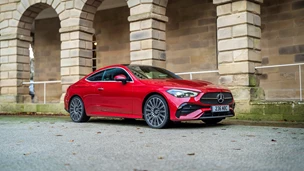Since coming to market, the BMW X5 has sold more than 1.3 million vehicles worldwide. Now in its third generation, the luxury German carmaker hopes the latest iteration will take over where the last version left off.
BMW has given the X5 an overhaul by altering its design and improving the quality of the interior, while retaining its class-leading driving dynamics.
While the model has off-roading capabilities in its four-wheel drive guise, we tested the BMW X5 sDrive25d M Sport, its two-wheel drive version, which will be the obvious choice for many X5 drivers. So, is it good enough to take on the Land Rover Freelander?
Performance
Under the bonnet of the X5 sDrive25d M Sport lies a perky 215bhp 2.0-litre four-cylinder turbo engine. Out on the road, feather the throttle and you can feel the X5 leap into action, while the sprint times make for good reading.
Despite its proportions, the X5 still manages an impressive benchmark sprint, reaching 62mph from a standing start in 8.2 seconds. The Audi Q7 204bhp 3.0-litre TDI Quattro does the time in 9.1 seconds, while the Land Rover Freelander 2.2-litre ED4 two-wheel drive hits a sluggish 11.7 seconds.
Going on to a top speed of 137mph is achievable but this is best kept for derestricted German Autobahns.
Numerous other engines are available, with the xDrive units featuring all-wheel drive as standard. All are powered by a diesel engine except the xDrive50i, which features a 4.4-litre petrol unit.
All versions come equipped with an eight-speed automatic transmission, which offers smooth transitions between gears.
Ride and Handling
There is plenty of grip from the front-end, despite only being two-wheel drive, allowing you to drive enthusiastically when cornering - although there is some bodyroll due to the X5’s sheer mass and height.
On the road, the X5 is good fun to drive. Weighing around two tonne, it’s never going to handle like an M3, but the X5 retains the kind of driving dynamics that have made BMW a world-beater when it comes to top dynamics behind the wheel. And it’s much better to drive than Land Rover’s Freelander and Audi’s Q7. The BMW-badged car feels more connected to the road over its rivals. The steering is better weighted and is more direct while the car feels more responsive. There is plenty of grip from the front-end, despite only being two-wheel drive, allowing you to drive enthusiastically when cornering - although there is some bodyroll due to the X5’s sheer mass and height. If you’re going to be using this motor as a family car and aren’t worried about mud-plugging, then the rear-wheel drive iteration is perfectly adequate for ferrying the kids around.
Interior and Equipment
Many celebrities and sportspeople own a BMW X5, including current FC Barcelona striker Luis Suarez.
As would be expected with a model produced by BMW, the interior is classy and premium, with a host of space within. The model is very practical, with a seven-seat version offered along with the standard five-seat models. Boot space is plentiful at 650 litres, although this can be extended to a massive 1,870 litres when the rear seats are folded down with 40:20:40 split. Numerous luggage compartments also feature throughout. The standard seats are able to fit tall adults in with ease, while adding two extra seats at the rear will still leave decent boot space. German luxury car makers are not usually overly generous when it comes to standard kit on cars. However, our test car in M Sport trim had a decent amount of spec, including 19-inch alloys, dual-zone climate control, and sat-nav. We’d recommend the entry-level SE trim though, as it has more than enough standard kit for most drivers.
Cost
Residual values are strong, as would be expected with a BMW model. Leasing costs are higher than the Freelander but slightly lower than the Q7.
Running costs on the BMW X5 are better than on the current Land Rover Freelander and the Audi Q7. The latter is only available with Quattro technology, which means the X5 has much lower emissions. Our test car emitted 149g/km of CO2 emissions, while this car returns 50.4mpg on average. It starts from £46,880, but add options like ConnectedDrive package, high-beam assist and reversing assist camera and you’re adding £3,510, taking the on-the-road price to £50,390. The BMW X5 sDrive25d that we tested is the most efficient model in the range. Adding all-wheel drive capability to the vehicle will bring CO2 emissions up to 154g/km and fuel economy down to 48.7mpg. Residual values are strong, as would be expected with a BMW model. Leasing costs are higher than the Freelander but slightly lower than the Q7.
Our Verdict
On the looks front, the BMW X5 is no head-turner, but it still drives brilliantly. The X5 is a typical example of a BMW SUV, mixing practicality with great driving dynamics. The design of the model won’t appeal to everyone, but for those that want a car in this class at the top of its game, then this latest X5 has all the boxes ticked. If you’re looking for a spacious yet classy model that is comfortable on longer journeys, the BMW X5 would be a good choice. Go for the xDrive versions if you want to take this vehicle off the beaten path.




